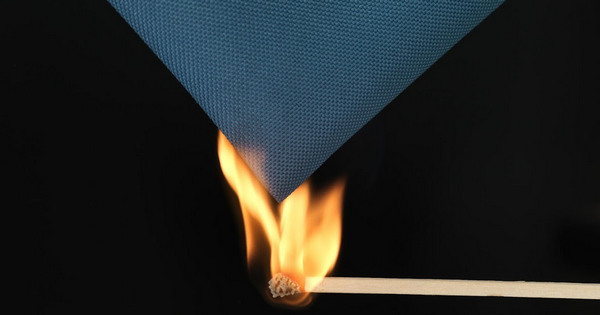-
What is UL 94 vertical flame test?
Edited by:Read:UL 94 vertical flame test is a test method for evaluating the combustion performance of plastic materials, developed by the United States safety laboratory (Underwriters Laboratories). This test method is widely used in electronics, construction, aviation and other fields to evaluate the combustion performance of materials under extreme conditions such as fire.

In the test method, the sample of plastic material is placed vertically on the combustion test device, the lower end of the sample is ignited, and then the parameters such as the extinguishing time of the sample, the burning height and the dripping situation are recorded, and the combustion performance of the material is evaluated according to these parameters. According to the test results, UL 94 divides materials into different grades such as V-0, V-1, V-2, HB, etc., among which V-0 is the highest grade, which means that the material has a short burning time, low height and less dripping after ignition , has good flame retardant properties.
UL 94 vertical flame test is a standard test method in the combustion performance test of plastic materials, which can help manufacturers and consumers choose materials that meet safety requirements and avoid fire and other safety accidents.
- 2024-04-19Paper ring compression strength tester standards
- 2024-04-19Cupping tester standards
- 2024-04-19Rubber and plastic tensile tester standards
- 2024-04-19Taber 1750 wear-resistant tester standards
- 2024-04-19Stone Chip Resistance Gravelometer standards
- 2024-04-18Diaper absorption speed tester standards
- 2024-04-18Diaper leakage tester technical indicators
- 2024-04-18Paint film impact resistance tester standards
- 2024-04-18Low temperature brittleness tester principle
- 2024-04-18Battery separator permeability tester technical indicators



